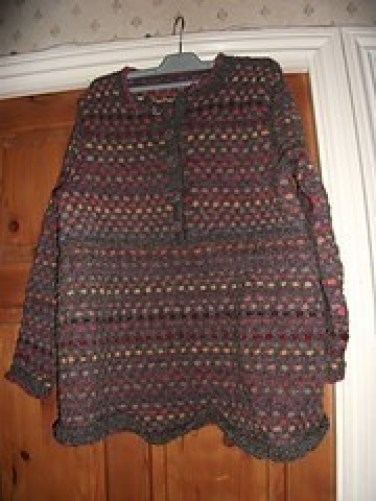Yvonne
One of the fun aspects of natural dyeing is taking one dye stuff and getting a range of colours from it. This is done by varying the mordant (that fixes the dye) and often the ph e.g. using acid/alkali after dyeing (known as modifiers). Some of the mordants can also be used as modifiers too. Madder is an ancient dye and is from the root of the plant Rubia tinctorium. It contains a large number of dye pigments, the main two being alizarin and purpurin.

These give a range of different colours with different mordants and modi- fiers as well as being heat sensitive,
I decided to see just how many colours I could get from this dye. I used madder extract for ease and dyed blue faced Leicester tops.. The mordants were: none; alum (with cream of tartare); copper sulphate; rhubarb leaf.
Most of the wool was dyed at 50* C but some was also simmered. After the dyeing the following modifiers were used: vinegar (acid); washing soda(alkali) ; iron; copper sulphate. Initially I used tap water, which is very hard in my area. I also tried using some bottled spring water. I ended up with 31 colours ranging from a sandy yellow through orange/coral to red and purple.
I then began spinning each colour into small skeins. I decided that I wanted to knit a jumper to showcase all the colours and that a dark grey Shetland wool would be a good contrast to set them off. I used 500g of this in total. Then came the pattern choice. I adapted the English rose Tunic from the “Knitter’s Guide to Hand Dyed and Variegated Yarn” (by Lorna Miser) and the slip stitch pattern of Dice Checks from “Artful Colour, Mindful Knits” (by Laura Militzer Bryant).

This project took me about two years.
